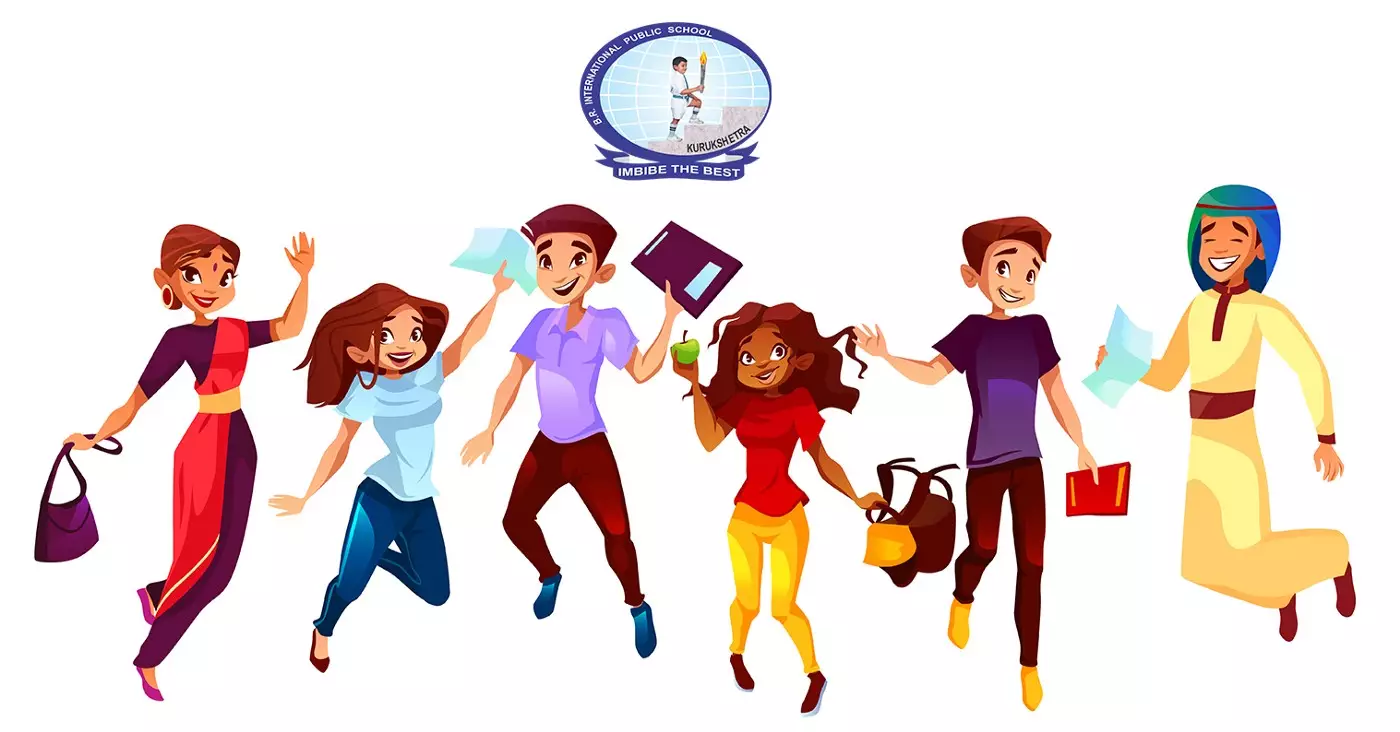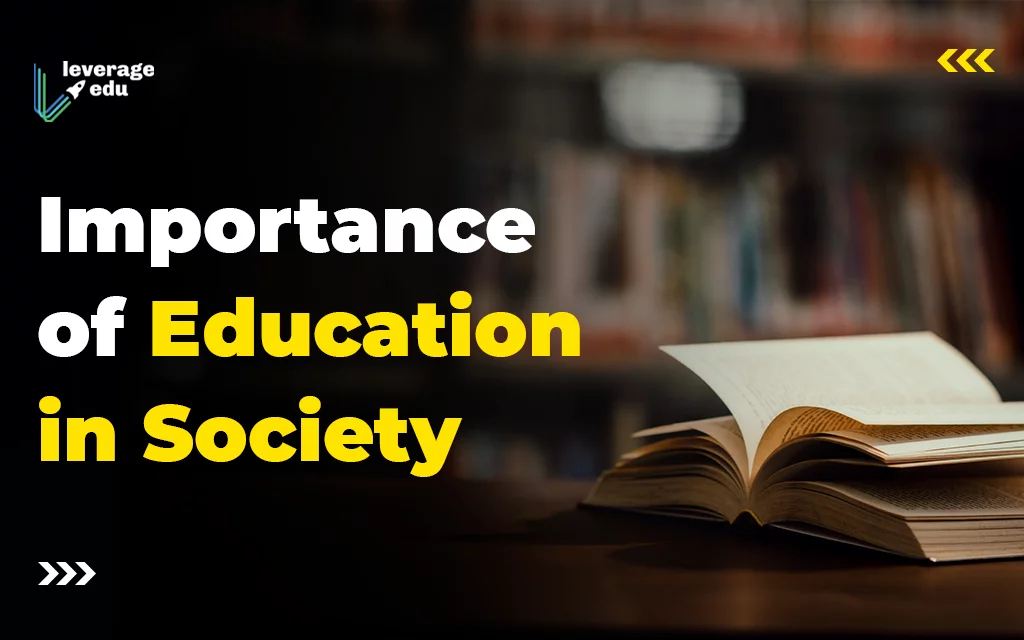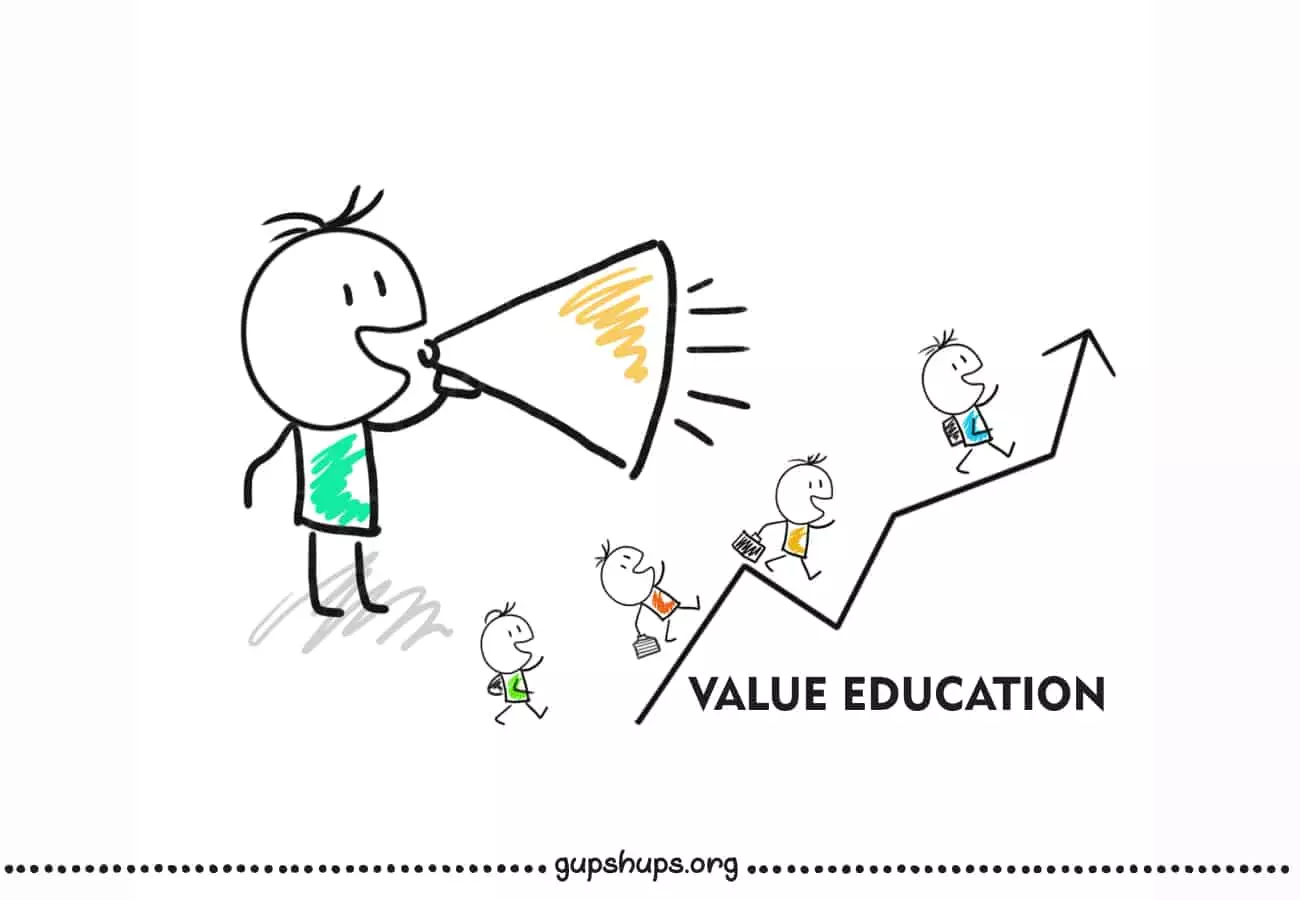Write note on Learning Science and Technology.
Science should not be taught in schools without its application aspects. Thus while science connotes theory, technology underlines its practical use in today’s world.
Science can help students appreciate the common heritage of different ethnic groups, and treat differences of color, and gender as superficial.
In fact, if taught properly, science can enhance our respect for all forms of life and improve natural and social harmony, and overfill develop a concern for the health of this planet, our only home.
Science is systematic empirical inquiry concerned with matters of fact and resulting in abstract descriptions.
Also read | The General Principles of Assessment for Learning.
Physical science describes the world through physical measurement i.e. quantitative assessment of material objects and processes using agreed upon standards of ‘mass’, ‘length’ and ‘time’.
However it should be remembered that physical science does not provide a complete description of the world or the whole truth about it.
In the context of learning science, we often come across the concept of ‘scientific literacy’. American Association for the Advancement. Of Science describes scientific literacy in terms of the following six characteristics:
- Being familiar with the natural world and recognizing its unity and diversity.
- Understanding important concepts and principles of science.
- Understanding some of the important ways science, mathematics and technology depend on each other.
- Snowing that science, mathematics, and technology are human enterprises, and what this implies about their strengths and weaknesses.
- Having a capacity for scientific ways of thinking.
- Applying scientific knowledge and ways of thinking to achieve personal and social purposes.
Also read | The components of School Environment.
Teaching scientific literacy means organizing science-based learning experiences around real-life issues.
Primary Stage Science Learning.
According to Association for Science Education (ASE), teaching science in school should enable the learner to:
- Understand how science operates.
- Appreciate science as a human activity.
- Know and understand scientific concepts and principles.
- Relate scientific inquiry and action to other modes of human behavior and be scientific.
Upper Primary Stage Science Learning.
The objectives of teaching Science and Technology at the upper-primary stage are to:
- Understand the processes that underlie simple scientific and technological activities.
- Expose the children to basic processes of science.
- Develop an understanding of some basic principles and laws of science.
- Make the children understand applications of basic scientific principles to solve problems related to daily life.
- Familiarize the children with life processes, health, nutrition and human diseases.
- Develop the ability to apply appropriate concepts of science to technology.
- Develop measurement and manipulative skills and to encourage the use of locally available resources.
- Acquaint the children with the technology that abounds in immediate surroundings.
- Make the children recognize the relation to science, technology and society.
- To provide scientific and technological literacy to the learners.
- Create an awareness of the immediate environment and a need for its protection.
Also read | Existentialism Aim of Education.
Secondary Stage Science Learning.
The objectives of teaching science and technology at the secondary stage, which is also the last stage of general education, are to enable the learner to:
- Understand the basic concepts, principles and laws of science.
- Understand the nature of science and technology.
- Apply basic scientific principles in finding solutions to problems related to agriculture, energy, health, nutrition, etc.
- Inculcate values that underlie science and technology.
- Develop problem-solving and decision-making skills.
- Develop an understanding of the various processes of environment and concern for its conservation and preservation.
- Understand and appreciate the joint enterprise of science, technology and society.
Teaching-Learning Strategies for Science and Technology.
At the primary stage, instead of science and technology, we teach Environmental Studies (EVS). Teaching of EVS can take three forms.
Learning about the environment which should be concerned with developing knowledge about the content and processes of the environment through systematic exploration by means of a variety of activities.
Also read | The Aim of Education in Value Inculcation.
Learning for the environment which can enable students to develop opinions and make decisions about the connections between human activities and the environment. This indeed constitutes a very challenging part of EVS.
Learning in the environment that should promote learning science outside the classroom and the laboratory, in the real context of life to develop understanding. Field trips, real-life projects, guided field experiments etc. Can be the teaching learning strategies for this.
Process and Skills Based Science Curricula.
Communication and Discussing.
- Questioning.
- Thinking.
- Seeking help.
- Negotiating.
- Listening.
Also read | The Characteristics of Peer Groups.
Process of Information.
- Selecting.
- Using relationship.
- Designing.
- Drawing conclusion.
- Controlling interacting values.
Problem-solving Experimentation.
- Predicting.
- Interpreting.
- Formulating.
- Hypotheses.
- Evaluating.
- Assessing.
Skills.
- Listening.
- Talking.
- Reading.
- Drawing.
- Numeracy.
- Observing.
- Manipulation.
- Recording.
Attitudes and Values through Learning Science.
Attitudes and values promoted through teaching-learning science include the following:
- Respect for evidence.
- Curiosity.
- Willingness to tolerate and live with uncertainty.
- Perseverance.
- Critical reflection.
- Open Mindedness.





